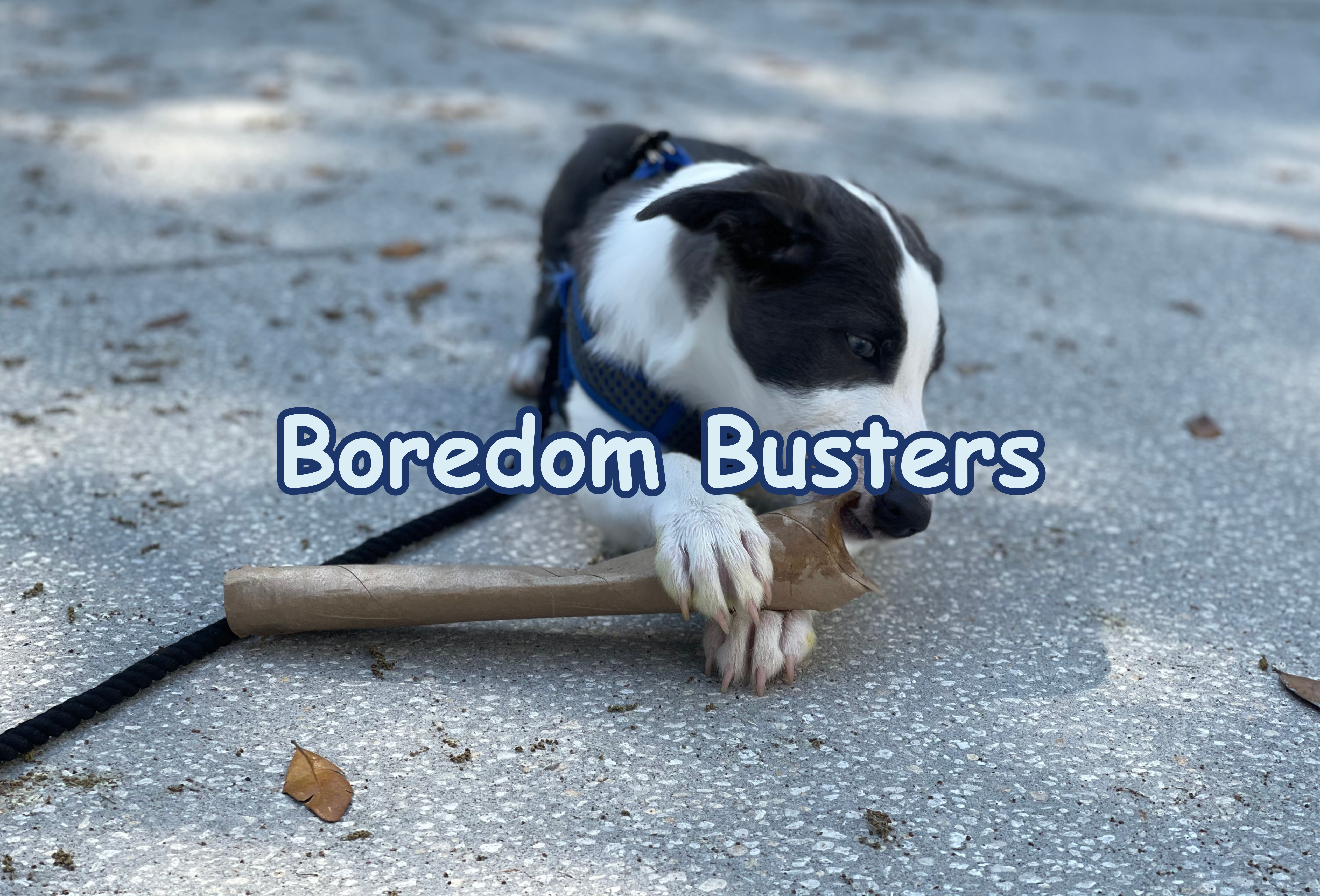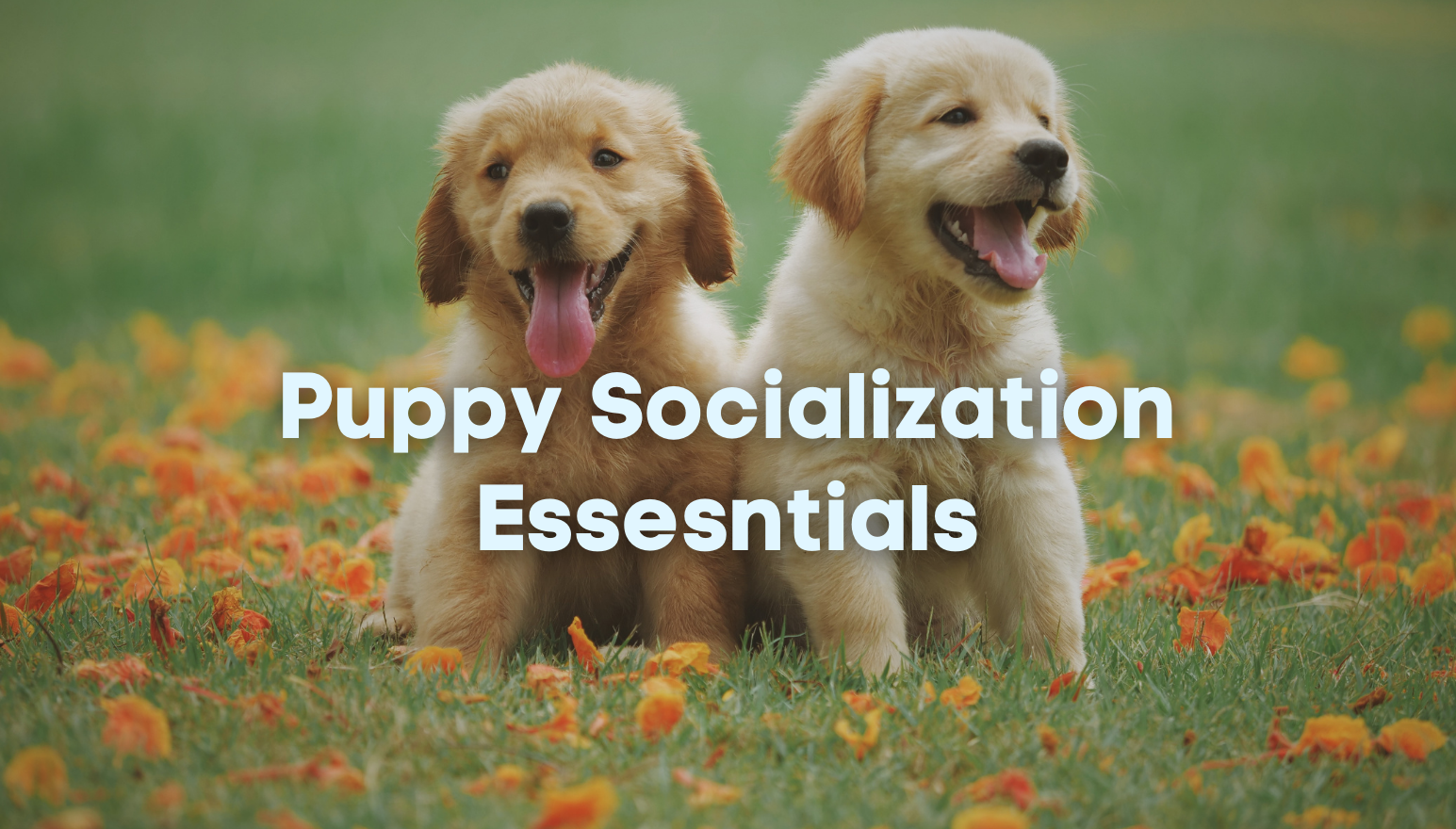By Brenna Fender
A dog sport that combines obedience moves, tricking training, and dancing: that’s canine freestyle!
Breeds that are good for canine freestyle include… all of them! Because routines are varied, you can showcase your dog’s strong points, whether he is a Beagle or a Border Collie. A strong working relationship and good partnership with the handler are more important than breed.
Canine Freestyle Federation is one of several organizations that sanction canine freestyle events. Their mission statement, in part, is “The Canine Freestyle Federation, Inc. (CFF) is an international organization dedicated to defining and developing the sport of Canine Freestyle and providing the structure necessary to offer competitions and demonstrations.” Read the rest of it at their website: https://canine-freestyle.org/.
Dogs Can Dance is another canine freestyle organization. It offers titling opportunities, not competitions. They offer the Dogs Can Dance Challenge, which has the following mission statement: “Dogs Can Dance Challenge®, a division of Dogs Can Dance® was founded to promote the art and sport of canine freestyle, worldwide, by offering musical canine freestyle titling opportunities. The premise of the Dogs Can Dance Challenge® is based on the following concept; each performance should honor and showcase the dog by emphasizing the beauty and grace of the dog’s natural movements in a manner reflective of the musicality of the chosen accompaniment…. The Dogs Can Dance Challenge® goal is to encourage training of dogs at all stages of their lives and further educate the handlers toward future success.” For more information and the complete mission statement, visit https://dogscandance.com/.
Even dogs that are overweight, retired from other sports, elderly, or have physical limitations can enjoy the sport of canine freestyle. In fact, moving to the beat of music can help shed pounds and increase strength and fitness (for both dog and ). You can tailor your routine to make it safe for your dog. Check with your veterinarian to make sure that your dog will remain healthy as you train and compete in canine freestyle.
Freestyle began as a dog sport in the late 1980s. It seems to have begun almost simultaneously in several countries. There is no one “founder” of the sport. In Canada in 1991, the first canine freestyle organization, Musical Canine Sports International, was created.
Getting ready to choreograph your first canine freestyle routine? You will need to mix a wide variety of moves together in a smooth routine, taking into account your dog’s strong and weak points. Get help from instructors and the internet while creating that first routine.
Heelwork-to-music (HTM) is a category of musical freestyle that involves having the handler and dog very close to each other throughout the routine. In World Canine Freestyle Organization events, heelwork-to-music is described on their website as a routine where “on all moves, the dog and handler team should move as one entity throughout the routine, displaying heelwork and creativity in the many positions and behaviors possible in HTM.” There should be no weaving between the handler’s legs or distance work in HTM events. In other canine freestyle classes, a wider variety of moves is allowed.
Interesting fact: according to their website, the World Canine Freestyle Organization (see “W”) is “a 501 (c)(3) public charity, the only organization to achieve this status in the world of dog/people sports.”
Join facebook freestyle groups (just type in canine musical freestyle and you’ll find many options) or attend seminars to help you learn more about the sport.
Keep freestyle training fun, according to enthusiast Jan Mayr, who has been involved in the sport for 15 years. Happy training sessions will be reflected in upbeat, lively performances.
Leashes are allowed in most organizations in the beginning levels, but more advanced levels of competition require off-leash work.
Musical Dog Sport Association is another organization that sanctions canine freestyle activities. Their mission statement is “is to advance the sport of canine freestyle and to share the joy of the canine/human bond achieved through positive training, enhanced by the artistry of music and choreography. Created by freestylers for freestylers, the MDSA defines Canine Freestyle as a dog sport in which training, teamwork, music and movement combine to create an artistic, choreographed performance highlighting the canine partner in a manner that celebrates the unique qualities of each individual dog. It is built upon the foundation of a positive working relationship of a dog and handler team.” To read the rest of their statement and learn more about MDSA visit https://www.musicaldogsport.org/about
“Never correct …. Dogs can create too,” says Mayr.
“Organize work sessions around learning behaviors first and then create your routine by sequencing those behaviors together,” says Mayr.
Pairs and team classes are offered in some organizations so you can dance with your friends and their dogs too!
Quiet? Not at a canine freestyle event! While competing dogs are generally quiet, the music isn’t.
Rhythm is significant. Dogs generally have a comfortable, rhythmic trot. Fit your music and routine to your dog’s rhythm rather than to yours.
Selecting just the right music for your dog is important. Choose one that matches with the rhythm of the dog as he moves. Music that suits the dog is important. But don’t choose a song you hate. You’re going to be listening to it many times!
Titles are available in all the freestyle sanctioning organizations.
Uncomfortable dancing in public? No worries! While the handler can dance in many freestyle organizations’ events, it’s not a requirement and it may, in fact, distract from your dog’s performance. Remember that freestyle is about a partnership between a human and a dog.
Video competitions are often an option in canine freestyle. In fact, some freestyle organizations, like Dogs Can Dance, are only (or almost only) based on videos alone; they do not hold “live” events.
World Canine Freestyle Organization, Inc. (https://www.worldcaninefreestyle.org/) is one of several organizations that sanctions canine freestyle events. The WCFO was founded by Patie Ventre, who created it with 13 other people in 1999. The mission statement of the WCFO, according to their website, is “WCFO, INC. is a non-profit corporation, founded to globally promote the joys and fun of responsible pet ship through musical canine freestyle, both as a sport and an entertainment medium.”
X marks the spot where you can get started in canine freestyle! The Canine Freestyle Federation lists clubs that offer classes here: https://www.canine-freestyle.org/guilds/, but if your area doesn’t have a club listed, check with local obedience clubs and schools. Just because a club isn’t listed on an organization’s website doesn’t mean it won’t have great freestyle classes. Don’t forget to look on facebook for clubs near you as well.
You can create freestyle routines for places other than competitions. Mayr says, “Many do freestyle for therapy dog visits.” Can you imagine doing a freestyle routine for an auditorium full of school children? Or in a nursing home lobby? Or for spectators at the county fair?
Zillions of dogs, handlers, and spectators like canine freestyle. Maybe you and your dog will too!
Special thanks to Jan Mayr for her assistance with this article.
A version of this article first appeared in DogSport Magazine.
Courteous Canine, Inc. offers dog training, puppy training, working with aggressive dogs and rehabilitating fearful and shy dogs. In addition we offer cat training, agility, pushball and dock jumping. Courteous Canine, Inc. is a full service dog school that offers doggie day care, pet sitting, group classes and boarding!





